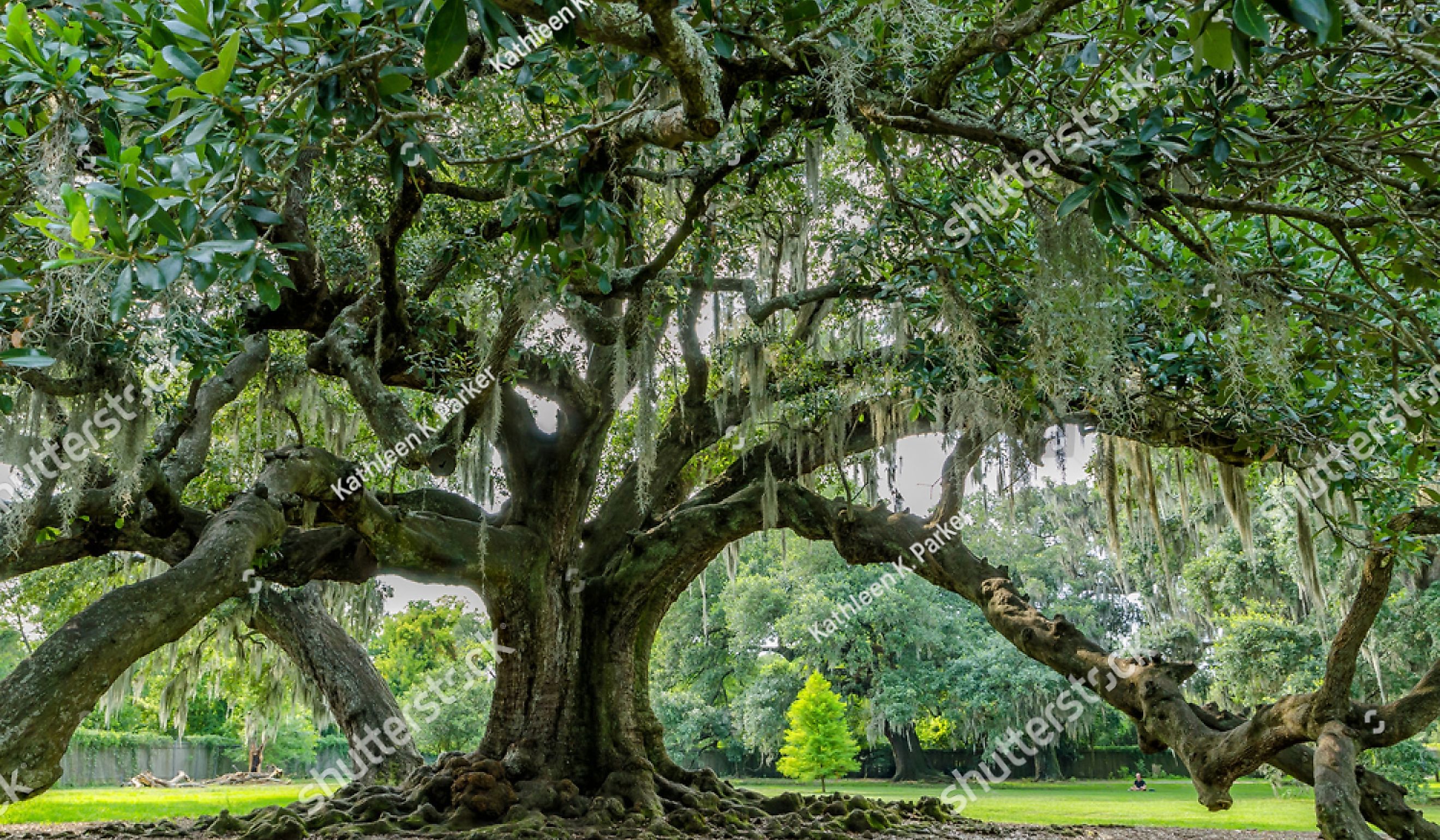
8 Strangest Landmarks in Louisiana
Louisiana is renowned for its unique blend of culture, history, and natural beauty, but it’s also home to some truly bizarre and intriguing landmarks. From eerie structures to peculiar natural wonders, these sites capture the spirit of the Bayou State like no other. While Louisiana is often associated with its vibrant traditions and scenic landscapes, its strangest landmarks reveal a quirky and captivating side that you might not expect. Whether they’re steeped in folklore, shaped by eccentric creators, or simply bizarre in their own right, these landmarks make for unforgettable stops on your journey through the Pelican State.
Bonnie and Clyde Ambush Museum, Gibsland
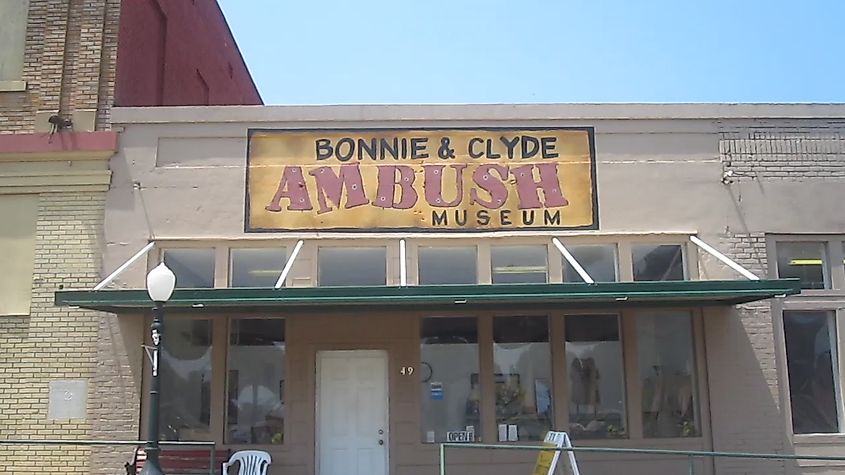
Located in Gibsland, the Bonnie and Clyde Ambush Museum stands at the site where one of the most infamous criminal duos in American history met their violent end. This small museum is situated in an unassuming part of town, yet it draws attention for its connection to the infamous 1934 ambush that ended Bonnie and Clyde's notorious crime spree.
Visitors can view artifacts, photographs, and even replicas of the bullet-riddled car, making it a macabre yet captivating attraction. The museum, filled with relics and memorabilia related to the criminal couple, might seem out of place in such a quiet town. Its unusual setting and focus on the violent demise of two of the most famous criminals in American history make it a peculiar stop for visitors. With its mix of history, mystery, and controversy, the Bonnie and Clyde Ambush Museum offers a truly strange glimpse into one of the most dramatic episodes in U.S. criminal history.
The Tree of Life, Audubon Park, New Orleans
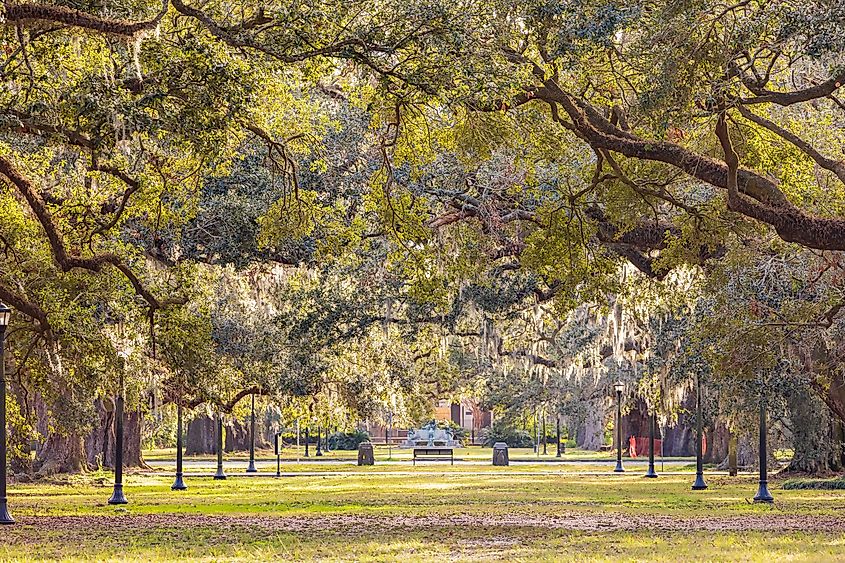
Of all the places to encounter a colossal live oak entwined with history and nature, Audubon Park in New Orleans might not be your first thought. But it should be. Nestled in this urban oasis is the Tree of Life, a massive live oak estimated to be over 500 years old, whose sprawling branches extend in every direction, creating a natural wonderland. Some limbs stretch so low and wide that visitors are often seen climbing or sitting on them, marveling at the tree’s sheer magnitude.
This arboreal giant isn’t just about size; it’s also about spectacle. At sunset, the Tree of Life becomes the stage for an extraordinary scene: giraffes from the neighboring Audubon Zoo frequently wander close, their silhouettes framed against the fading light, adding a surreal touch to an already magical experience. If you manage to step away from this living testament to nature’s resilience, the rest of Audubon Park invites exploration, with winding trails and serene green spaces that complement this ancient wonder.
Rip Van Winkle Gardens and Joseph Jefferson Mansion, New Iberia
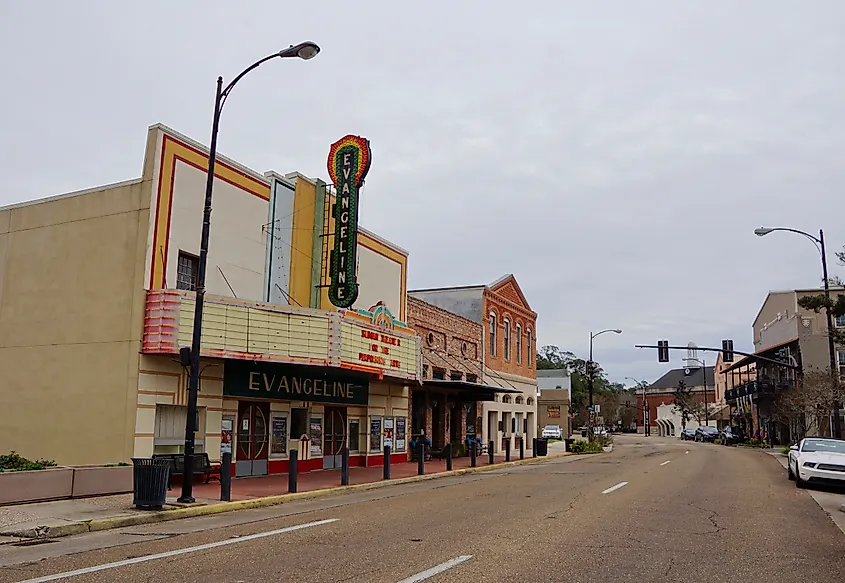
Nestled amid the lush greenery of Rip Van Winkle Gardens in New Iberia lies the eccentric Joseph Jefferson Mansion, a peculiar estate built by the famous 19th-century actor. The mansion’s ornate architecture, featuring whimsical details and an unconventional design, reflects Jefferson’s theatrical personality and love for the arts. Its location adds to the intrigue, perched on Jefferson Island and surrounded by the mysterious Lake Peigneur. The lake itself holds a strange and haunting history, having once been the site of a salt mine disaster in 1980 that transformed it into a massive whirlpool, swallowing barges, trees, and land in a surreal geological event.
The juxtaposition of the mansion’s opulent charm and the lake’s eerie past makes this destination a curious spectacle. Visitors often marvel at the mansion’s unique design while wandering through the Rip Van Winkle Gardens, where tropical flora flourishes year-round. The site’s strangeness extends to its serene yet unsettling surroundings, making it a favorite for those seeking both beauty and mystery in one unforgettable landmark.
Chauvin Sculpture Garden, Chauvin
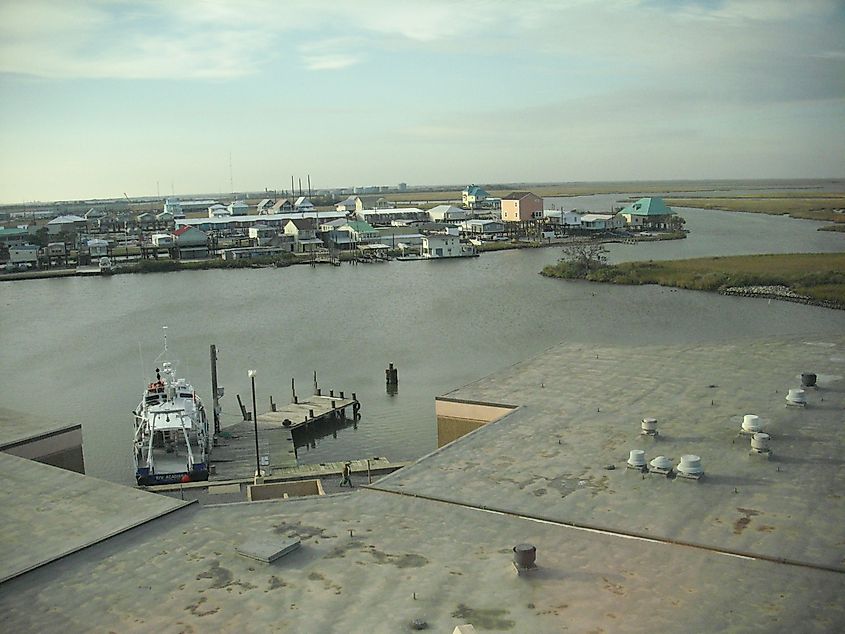
On the outskirts of Chauvin lies the peculiar and captivating Chauvin Sculpture Garden, an expansive outdoor art installation unlike any other. Created by local artist Kenny Hill, this eccentric collection features over 100 concrete sculptures that defy conventional artistic norms. Ranging from towering angels to vivid Biblical scenes, each piece tells a story steeped in symbolism, emotion, and a touch of mystery. The sheer density of the sculptures, combined with their hauntingly surreal quality, leaves visitors with an otherworldly experience.
Hill's work, crafted over decades, reflects his deeply personal journey and complex vision. Among the most striking pieces is a 45-foot lighthouse adorned with intricate figures climbing its sides, evoking themes of struggle and redemption. The garden’s labyrinthine layout and overwhelming detail have made it a magnet for those seeking something profoundly unique and thought-provoking. Despite its rural location, the Chauvin Sculpture Garden continues to fascinate all who venture to this offbeat landmark.
The World's Largest Ronald Reagan Statue, Covington
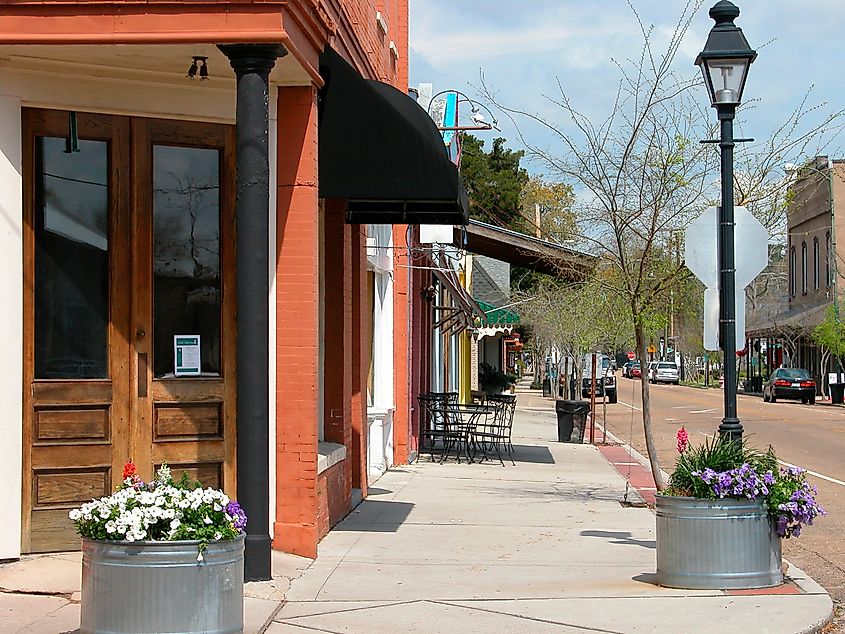
In the small town of Covington, an unexpected roadside spectacle greets passersby: the World’s Largest Ronald Reagan Statue. Standing over 10 feet tall, this towering likeness of the former president is located in downtown Covington, making it an unusual addition to the local landscape. The statue’s painted surface and carefully crafted details contrast starkly with its unassuming surroundings, leaving visitors wondering how and why it ended up there.
What makes this landmark particularly strange is its seemingly tenuous connection to Louisiana. While Reagan is celebrated across the nation, his towering presence in Covington raises more questions than it answers. Whether you view it as a political statement, an eccentric tribute, or simply an oddity, the World’s Largest Ronald Reagan Statue remains a curious stop for those exploring Louisiana’s quirkiest landmarks.
Ghost Town of Frenier, Lake Pontchartrain

In the swamps along Lake Pontchartrain, near Frenier, lies a peculiar and haunting site known as the Ghost Town of Frenier. This abandoned settlement, swallowed by time and nature, is steeped in eerie stories and local legends, most famously tied to a voodoo priestess who is said to have cursed the town before a devastating hurricane wiped it out in 1915. The scattered remnants of structures now sit cloaked in moss and surrounded by cypress trees, creating a ghostly atmosphere.
While largely overgrown and forgotten, the site draws curious visitors intrigued by its mysterious past. Its desolate state, coupled with the haunting tales passed down through generations, invites questions about the lives of those who once called Frenier home. Some even claim to feel the echoes of its tragic history lingering in the swampy air, making it a destination as enigmatic as it is unsettling.
Museum of Death, New Orleans
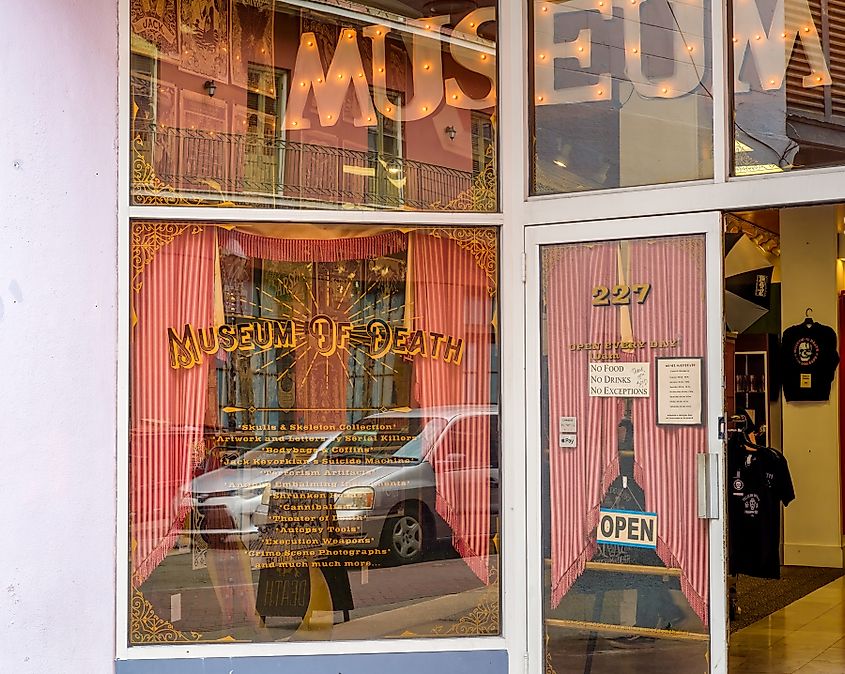
In the heart of New Orleans' French Quarter, there is a museum that captivates and unsettles visitors in equal measure. The Museum of Death is an unconventional landmark featuring a vast collection of death-related artifacts, including crime scene photographs, mortician tools, and artwork by infamous serial killers. Its unique focus on mortality makes it an eerie yet fascinating experience for those who enter.
Many visitors describe the museum as "not for the faint of heart," given its intense and graphic exhibits. Despite its unsettling nature, it attracts curious tourists and locals intrigued by its raw and unfiltered perspective on death. Its location in a historic district only adds to its allure, making it a peculiar yet unforgettable stop for those exploring New Orleans.
The Singing Oak, New Orleans
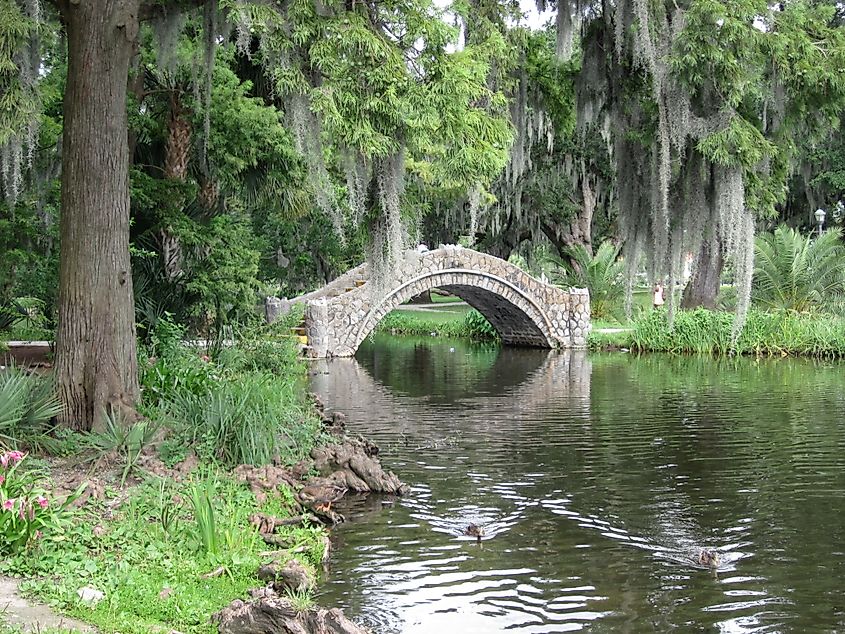
The Singing Oak in New Orleans is a unique art installation and musical landmark located in City Park. Designed by artist Jim Hart, this large live oak tree is adorned with a series of wind chimes that play pentatonic melodies when swayed by the breeze. Each chime is carefully tuned, creating a harmonious symphony that resonates through the park, captivating visitors with its soothing and otherworldly tones. Visitors can also enjoy the park’s lush landscapes, making the Singing Oak a standout destination in this vibrant urban oasis.
Wherever you go in Louisiana, you’re bound to stumble upon an unusual or intriguing landmark. These sites highlight the state’s knack for blending tradition, heritage, and a touch of the unexpected into unforgettable experiences. Whether you’re a lifelong resident or exploring Louisiana for the first time, these offbeat destinations promise to leave a lasting impression on your journey.











